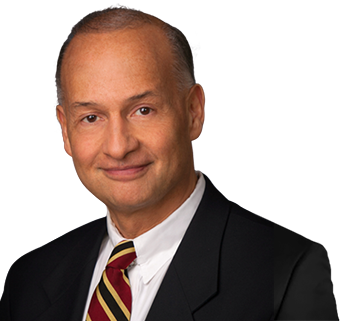
Can Stem Cell Treatments Help Patients with COVID-19?
The answer is yes, with qualifications. First some background on the different kinds of stem cells that are available. Only adult stem cells, not embryonic, are considered safe for use. If they come from another human being they’re called allogeneic. If they come from the patient being treated they’re called autologous. Here are the potentially available types of cells.
- SVF: Stem cells are isolated from fat mixed with other immune system cells: this preparation is called SVF (stromal vascular fraction). They are generally autologous. They can be prepared and used in one sitting.
- ASC: These are fat cells that can be separated out, cultured, and expanded, and are called ASC (adipose-derived stem cells). These can be autologous or allogeneic. Autologous cells require weeks to culture. Allogeneic can be immediately available from being cultured previously.
- BMSC: Bone marrow stem cells, analogous to ASCs. They can be cultured and expanded, autologous or allogeneic.
- UCB: One type of allogeneic cell is isolated from the umbilical cord at the time of birth, abbreviated UCB for umbilical cord blood. These are always allogeneic.
What Kind of Stem Cell is Potentially the Most Helpful for COVID-19?
- ALLOGENEIC ASC/BMSC: Because they are previously cultured they are immediately available. They have been used with good success in a small study from China.
- UBC: They have also been used anecdotally with good success in Israel and elsewhere.
- SVF: This has also been used anecdotally with success in Europe. However, it requires the removal of fat from a minor surgical procedure from a potentially gravely ill patient whereas the other procedures do not. Therefore while it can help, there are probably limitations on the patients on whom it can be used.
Mechanism of Action of Stem Cells
Stem cells are “immunomodulatory.” An overactive immune response fills the lungs with fluid, causing pneumonia and sometimes death. Stem cells mitigate/modulate this process and the patient benefits. There is debate as to whether they help by other means as well.
Side Effects of Mesenchymal Stem Cells
Mesenchymal stem cells are completely safe if properly handled. The approved medications are also quite safe.
Cost of Stem Cell Therapy
Stem cell treatment is not paid for by insurance and probably won’t be because the kind of studies needed are difficult to do with living cells. Stem cell technology is inherently expensive so treatment in each case will run into thousands of dollars. This compares to hydroxychloroquine/azithromycin/zinc which is very inexpensive; Remdesivir which will probably be relatively inexpensive; and to plasma from recovered patients which will probably also be relatively inexpensive. In addition, all three will likely be reimbursed by insurance.
Summary
- Allogeneic fat/bone marrow/umbilical cultured stem cells are almost certainly effective for COVID-19 patients and are virtually completely safe.
- SVF is probably effective but probably has less applicability.
- Cost considerations will likely relegate stem cells to a third or fourth option for patients not responding to other treatments, but some patients will likely choose to use them nonetheless if out-of-pocket costs can be kept to a moderate level
- If stem cell treatments prove to be more effective than other treatments as more data is accumulated they could assume a higher ranking in the hierarchy of effective treatments.


